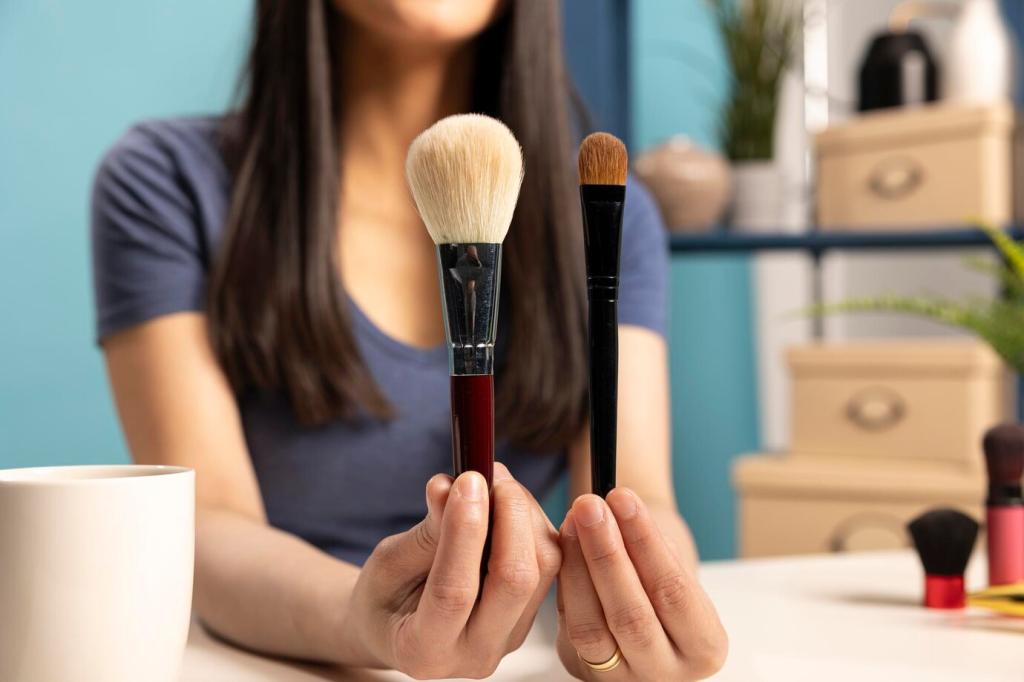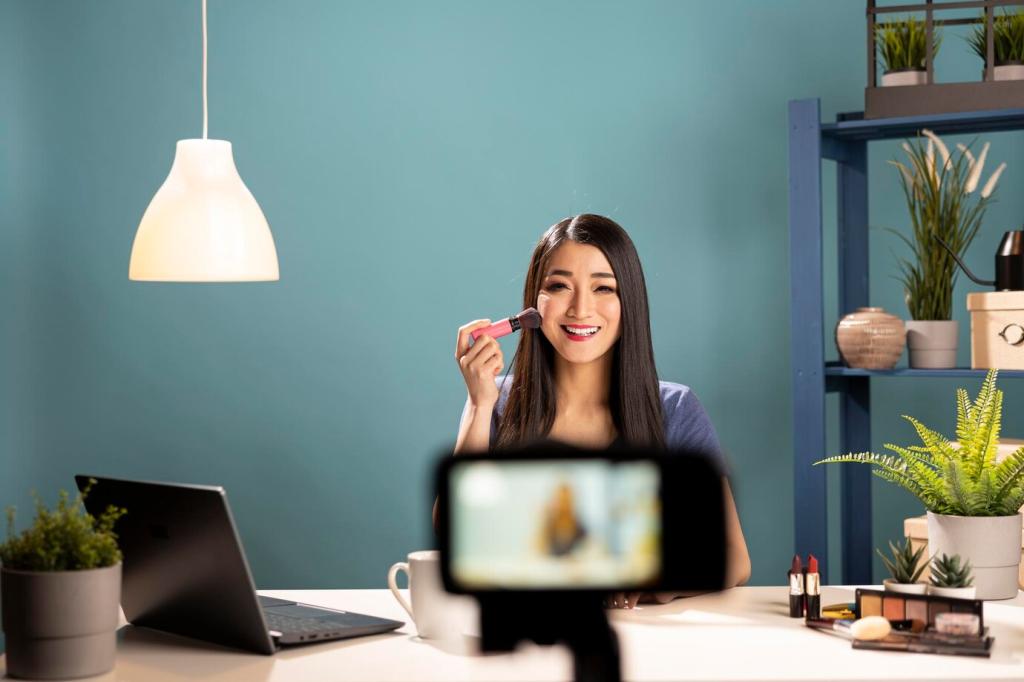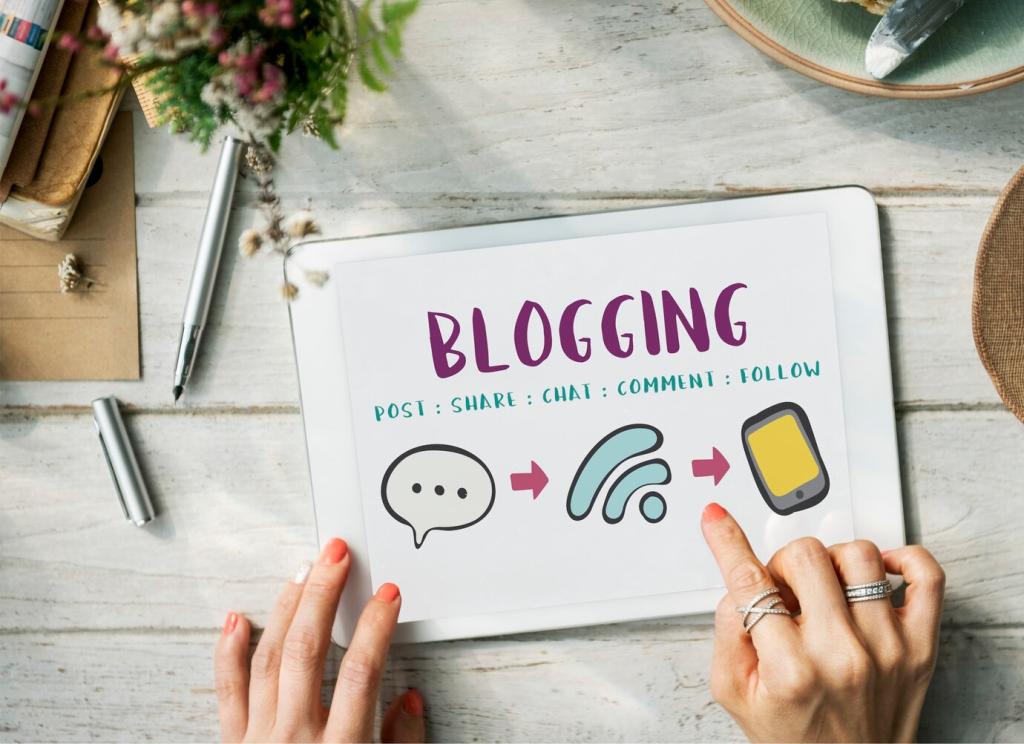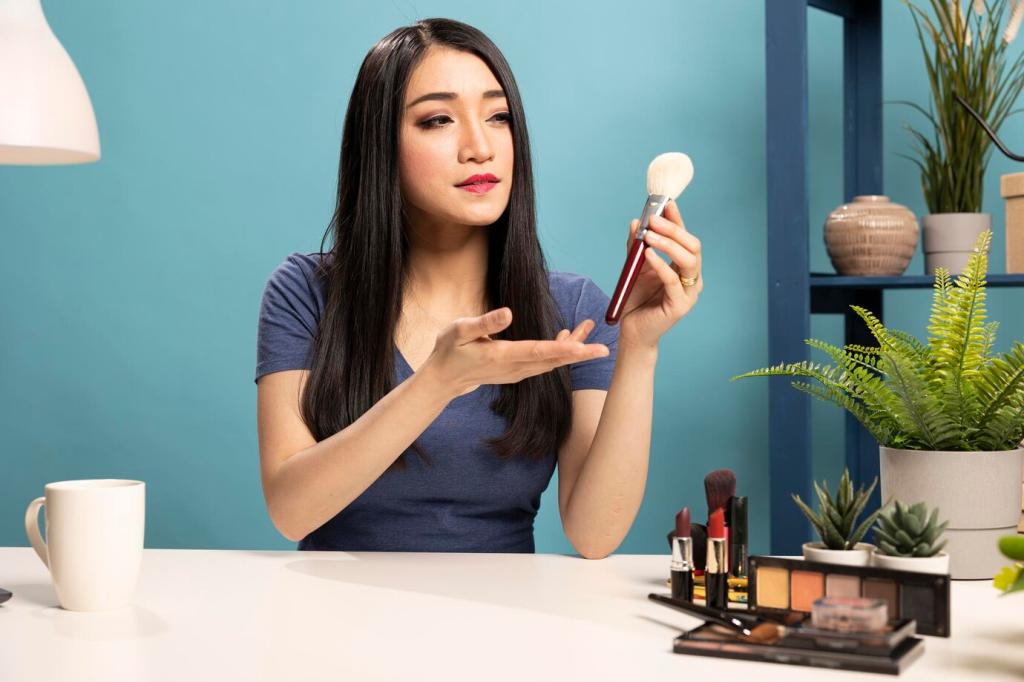Why Storytelling Sells Space
A mood board is only persuasive when swatches and textures point to a reason for being. Translate materials into motives, colors into character, and lighting into tone. Tell us how you give your boards a voice in presentations.
Why Storytelling Sells Space
Think arrival, reveal, and rest. A persuasive living room promises welcome at the threshold, unfolds a focal story at mid-step, and rewards with comfort by the seat. Try mapping your project arc and share where your climax happens.
Why Storytelling Sells Space
What is the first emotion your entryway should deliver within five seconds, and why does it matter to your client’s goals? Comment with your opening scene, and subscribe to see community highlights next week.
Why Storytelling Sells Space
Lorem ipsum dolor sit amet, consectetur adipiscing elit. Ut elit tellus, luctus nec ullamcorper mattis, pulvinar dapibus leo.





